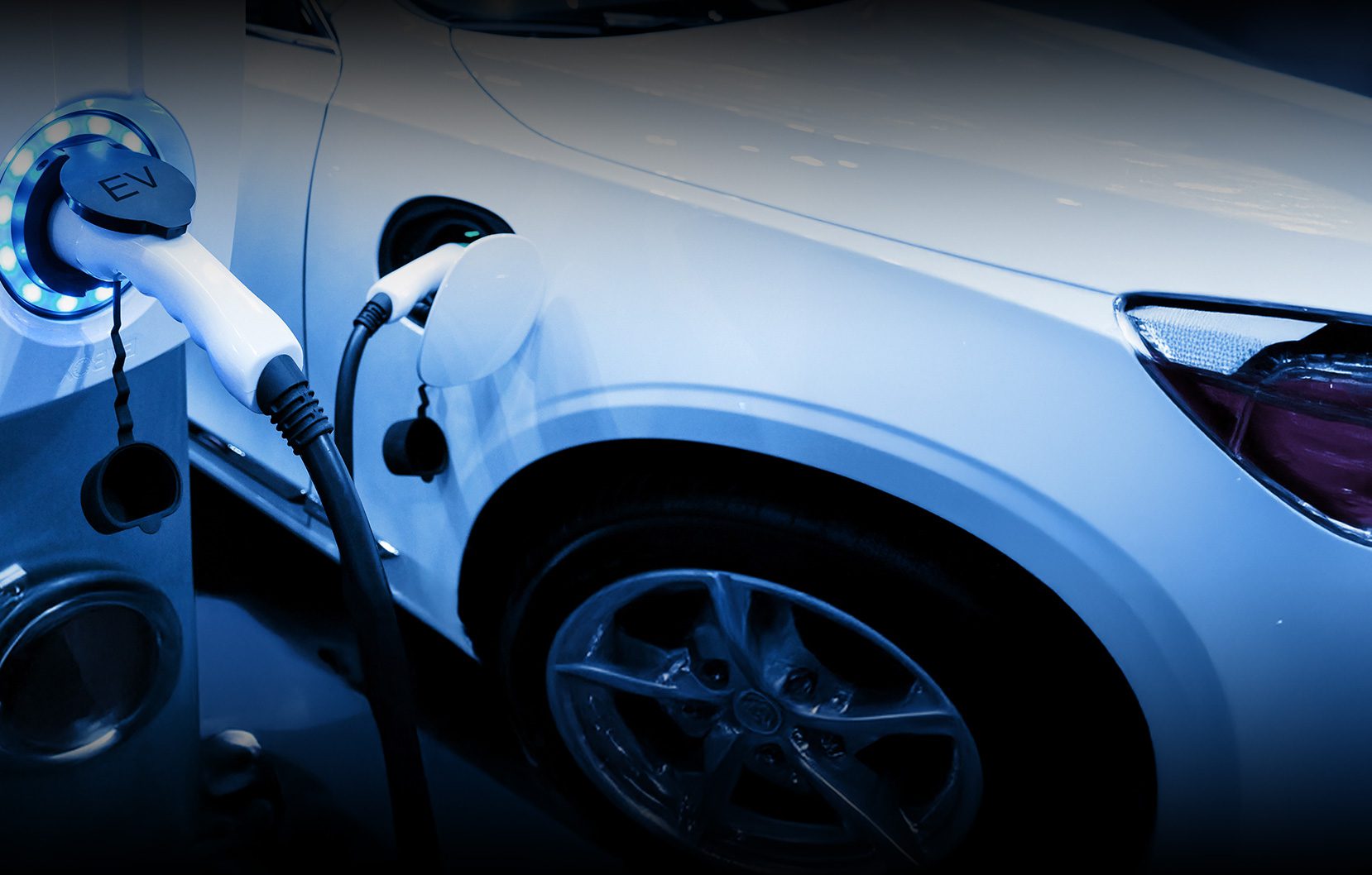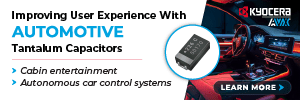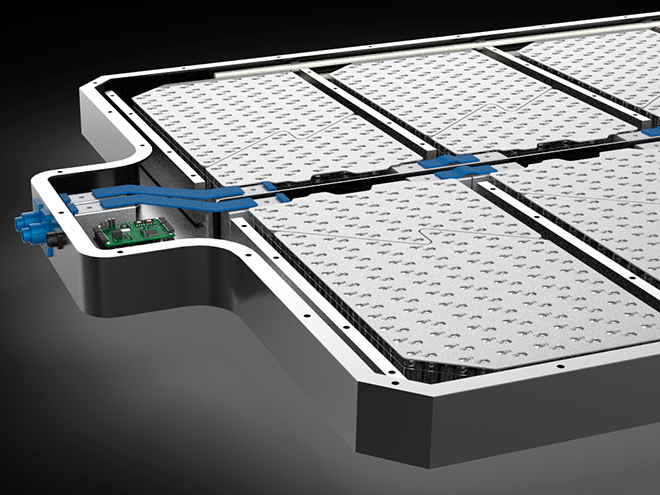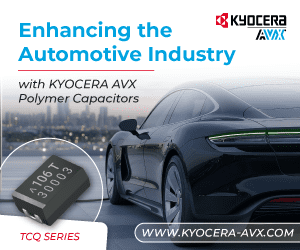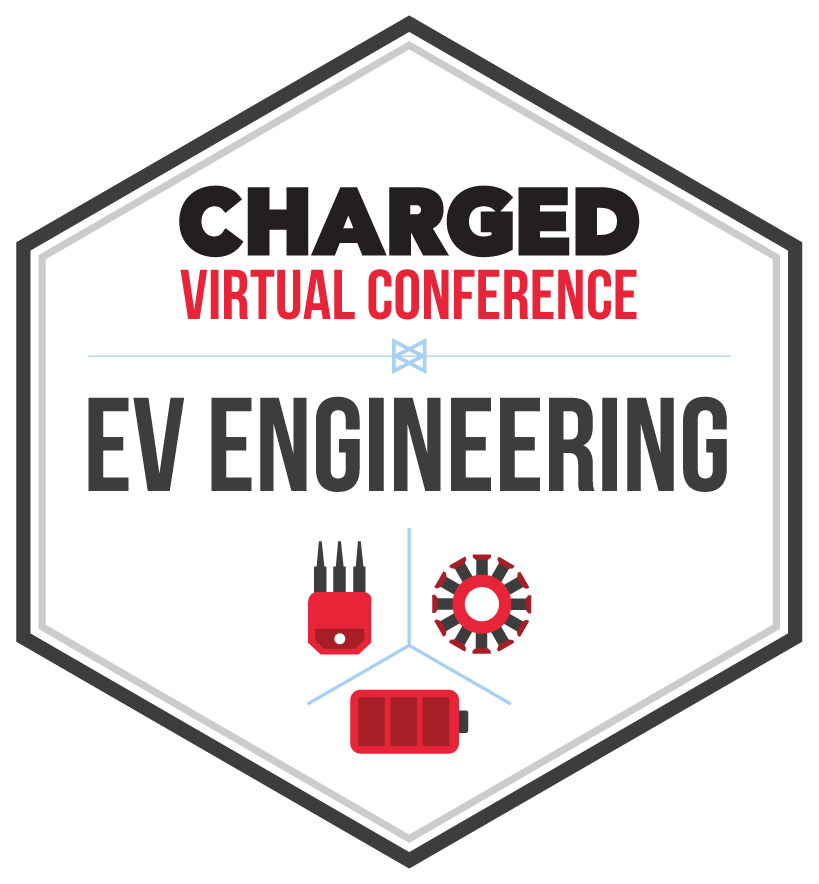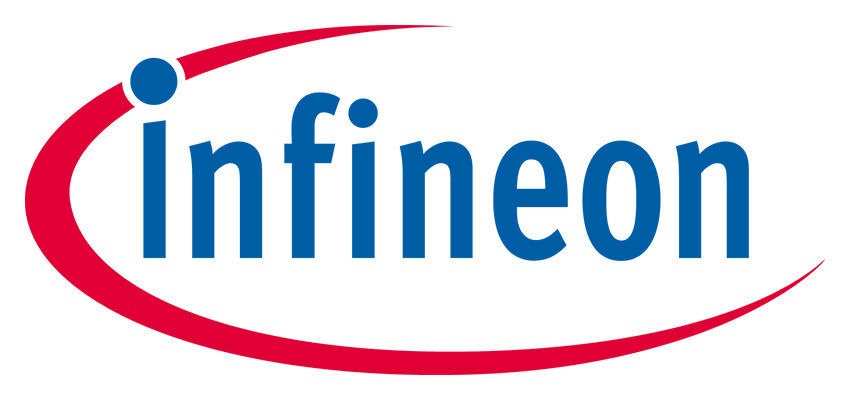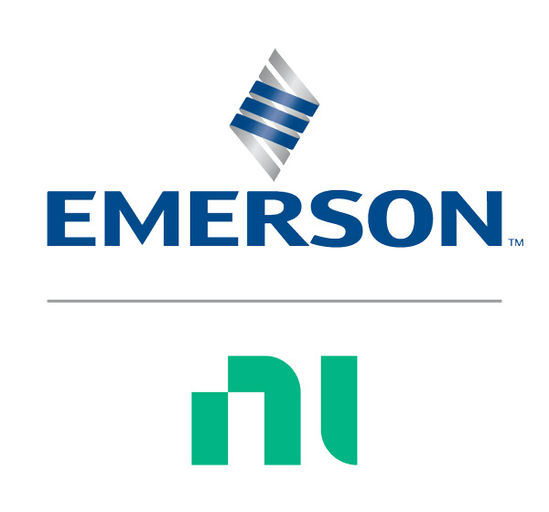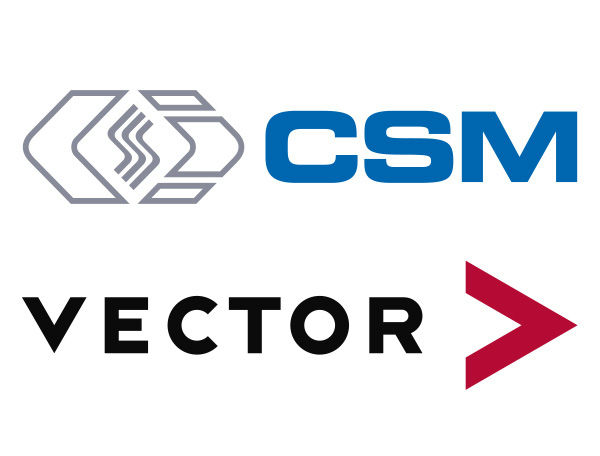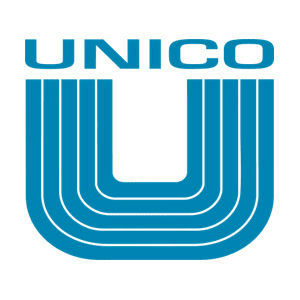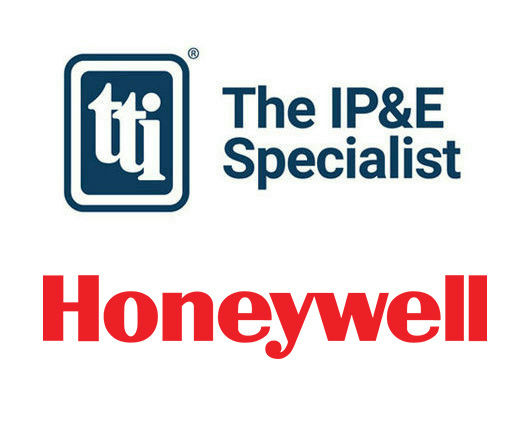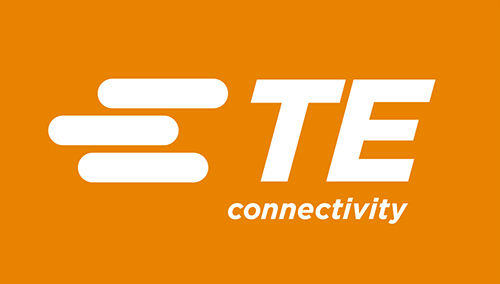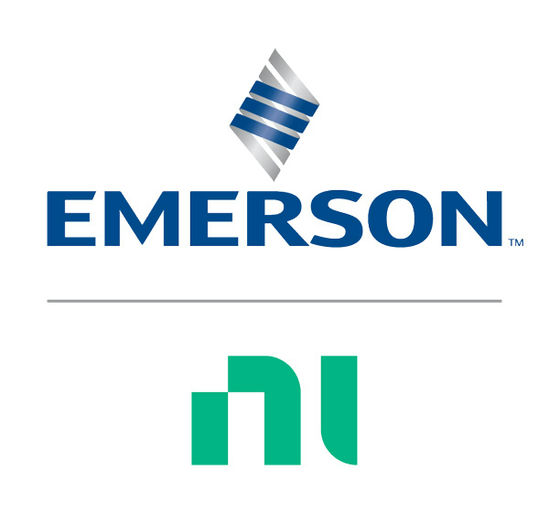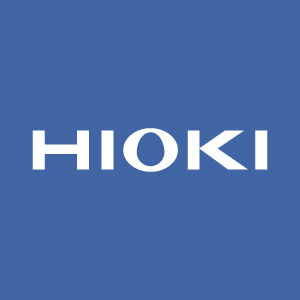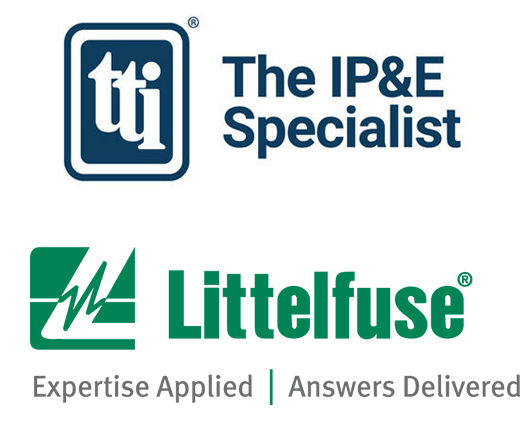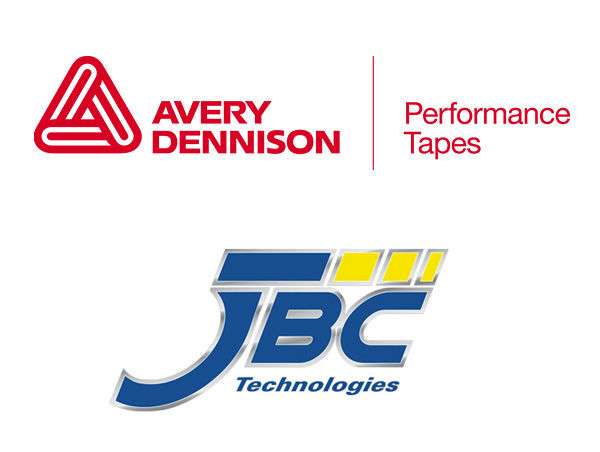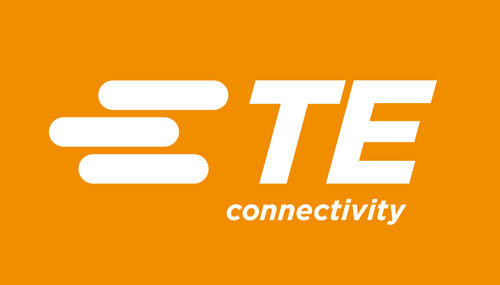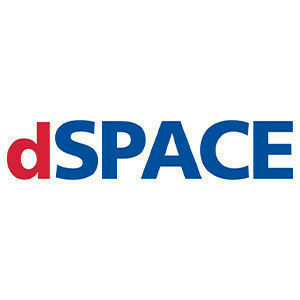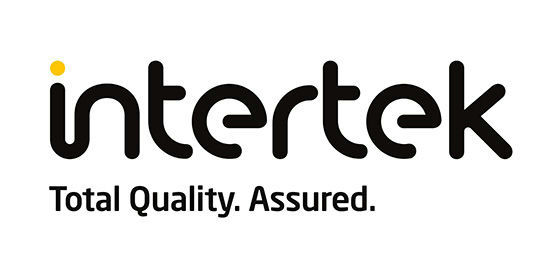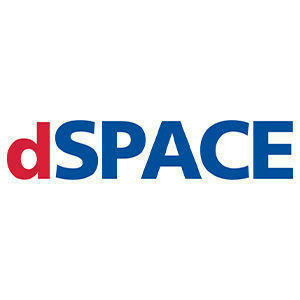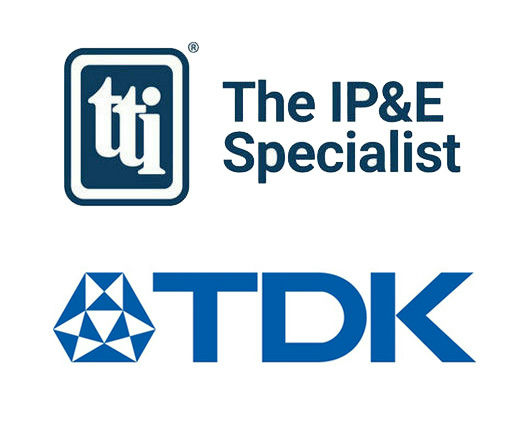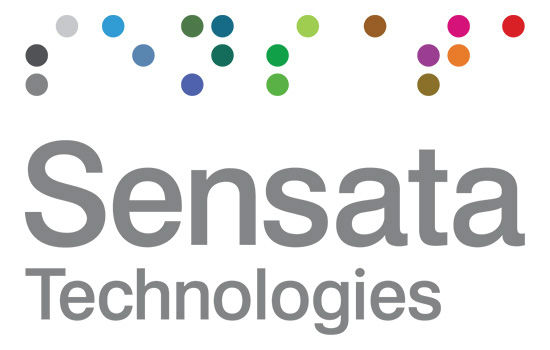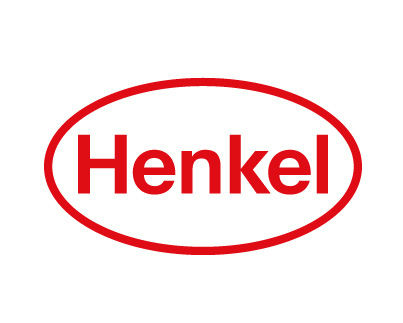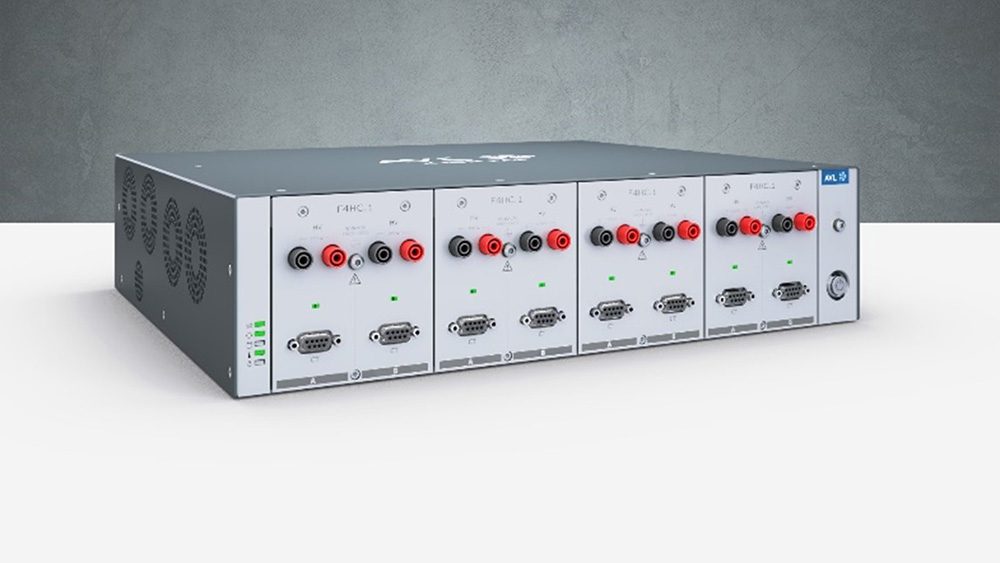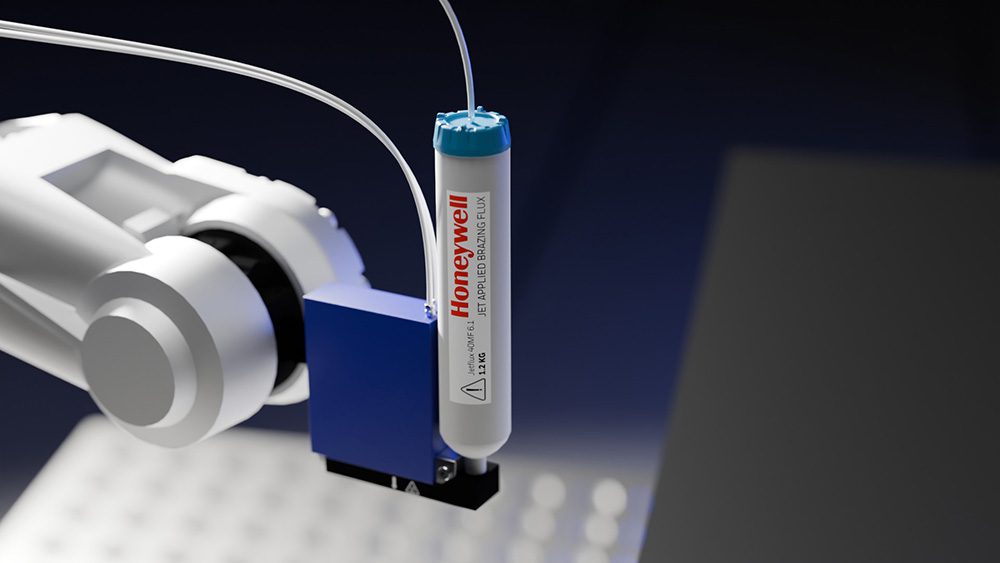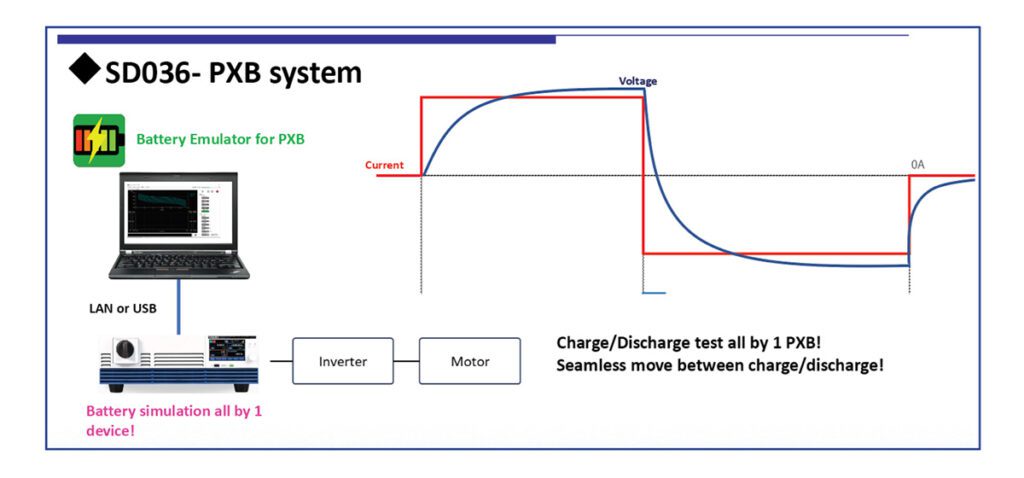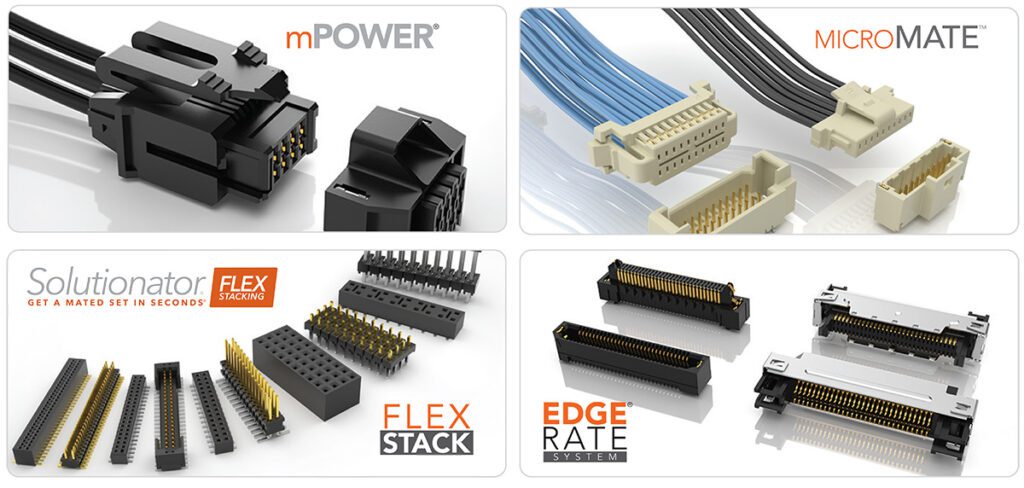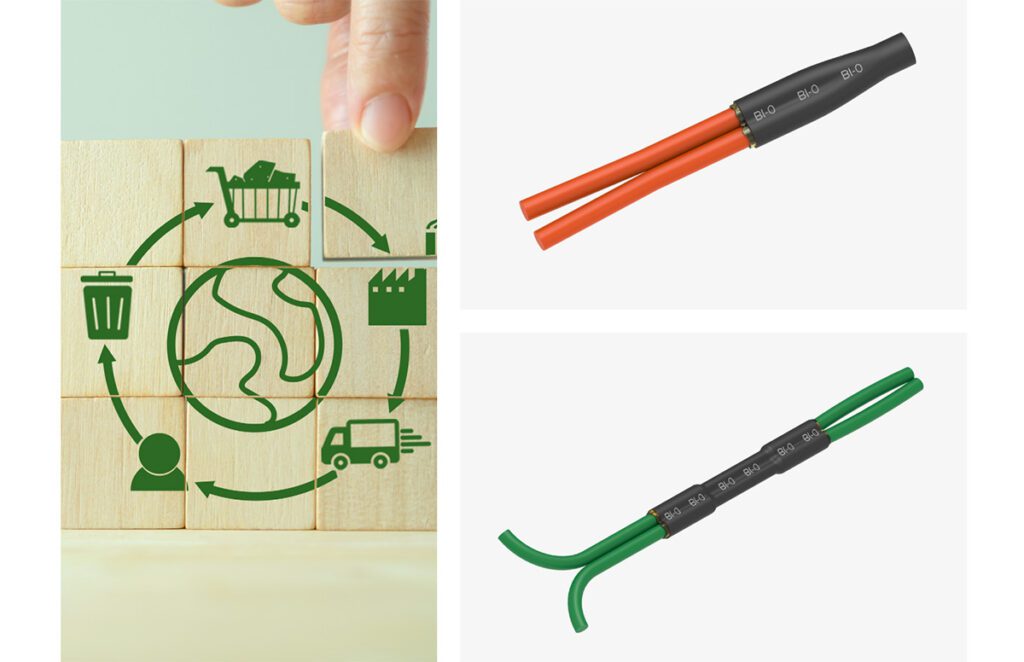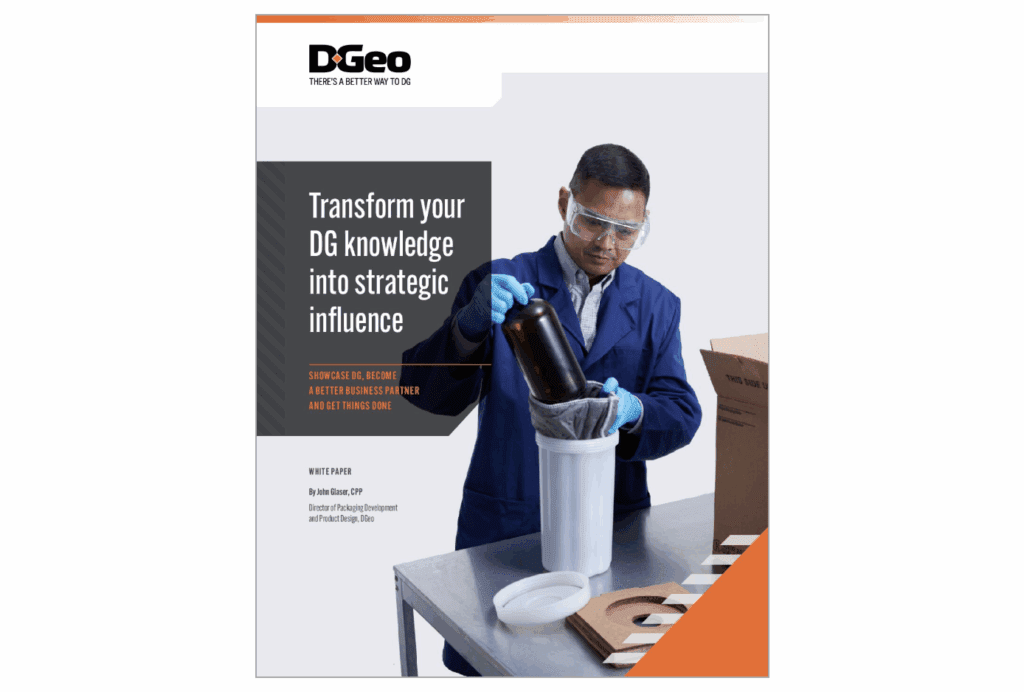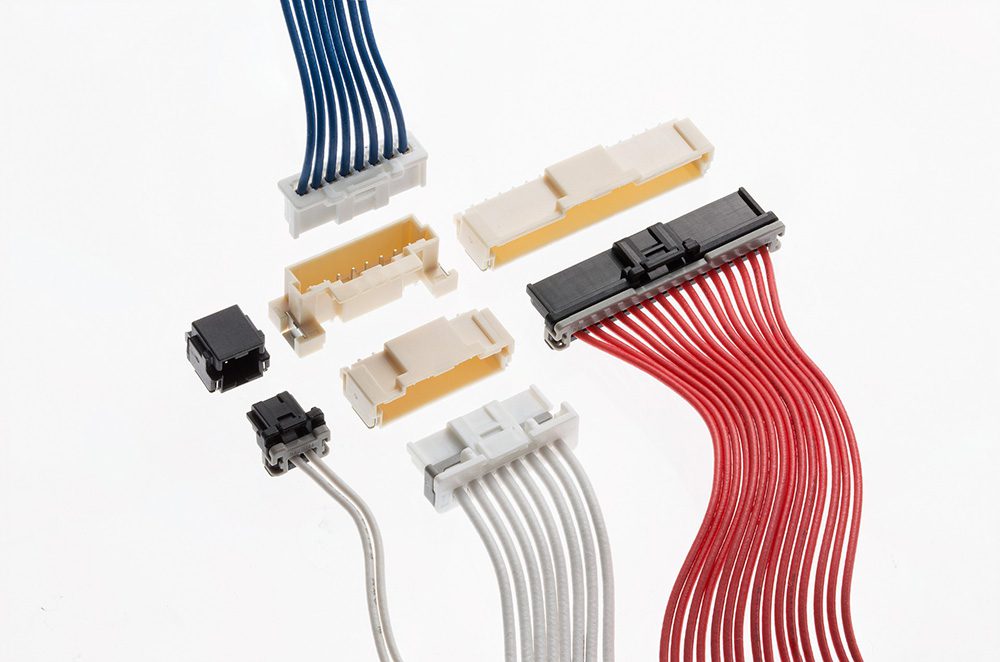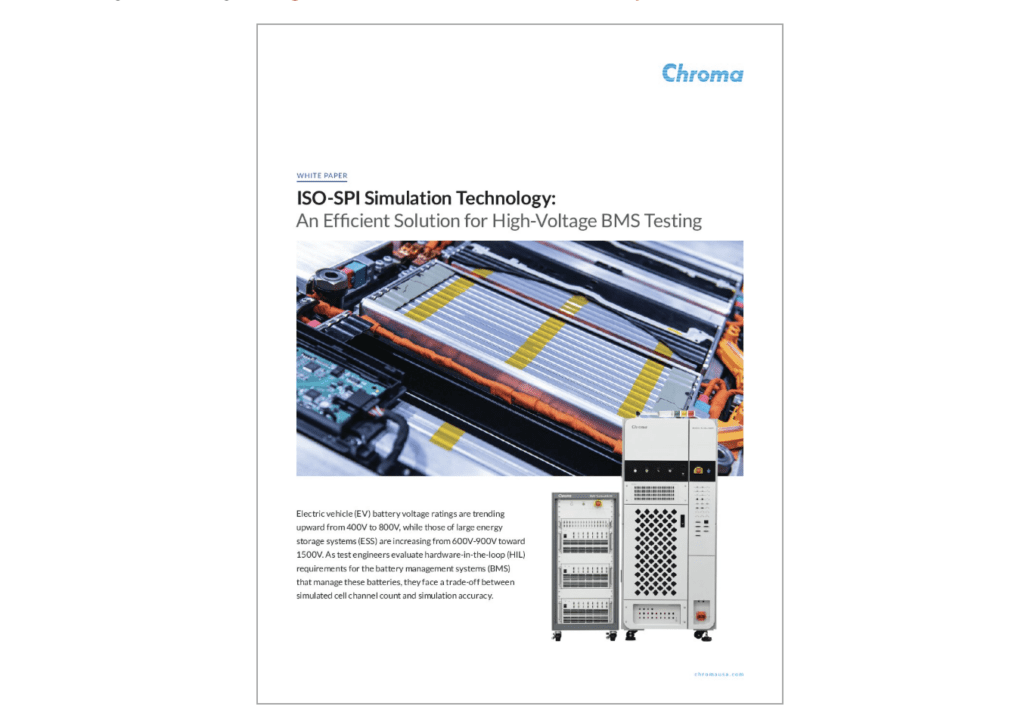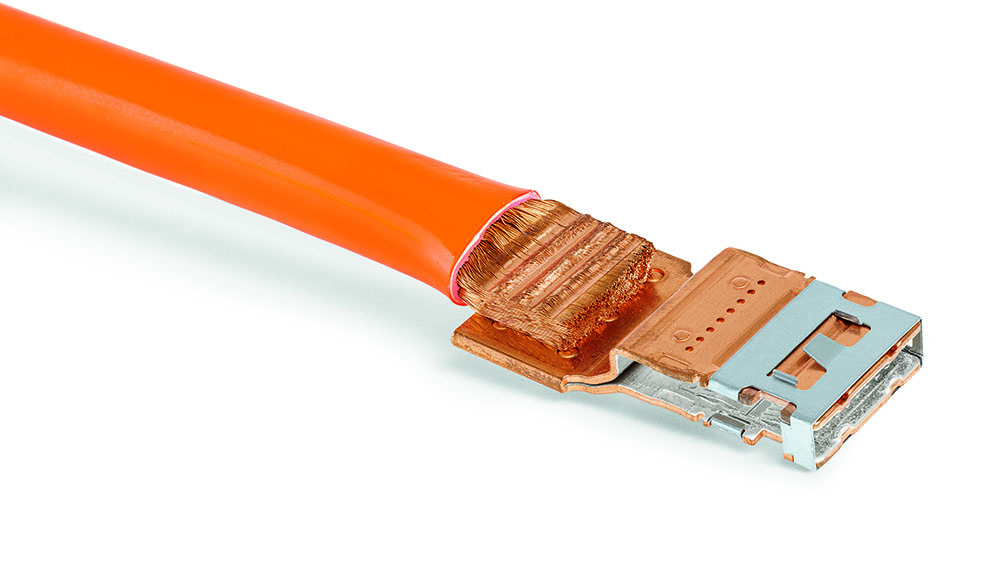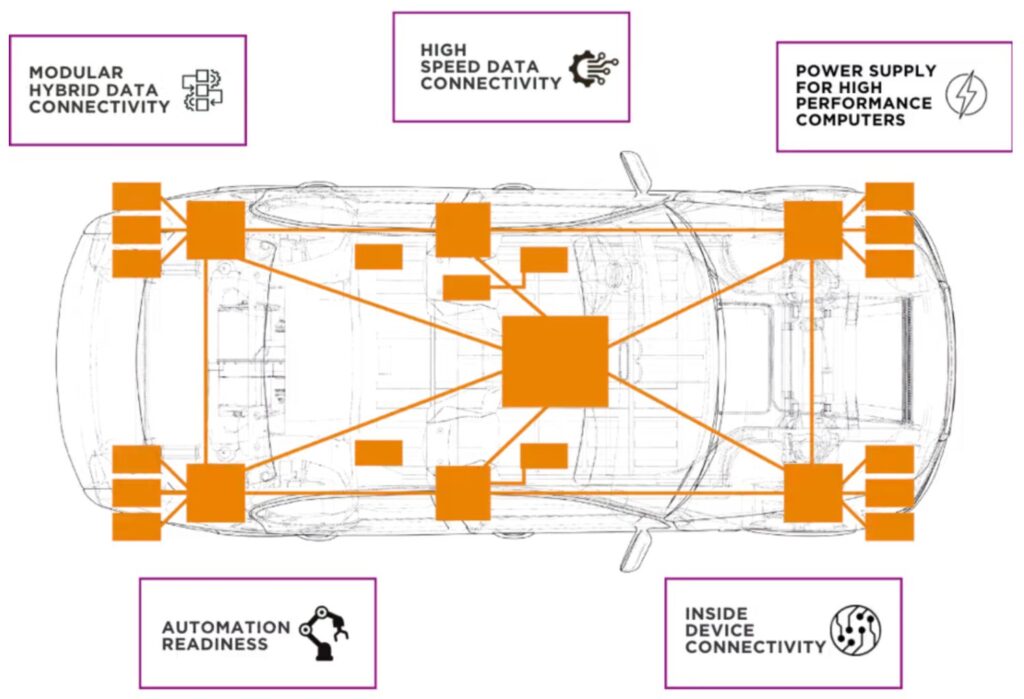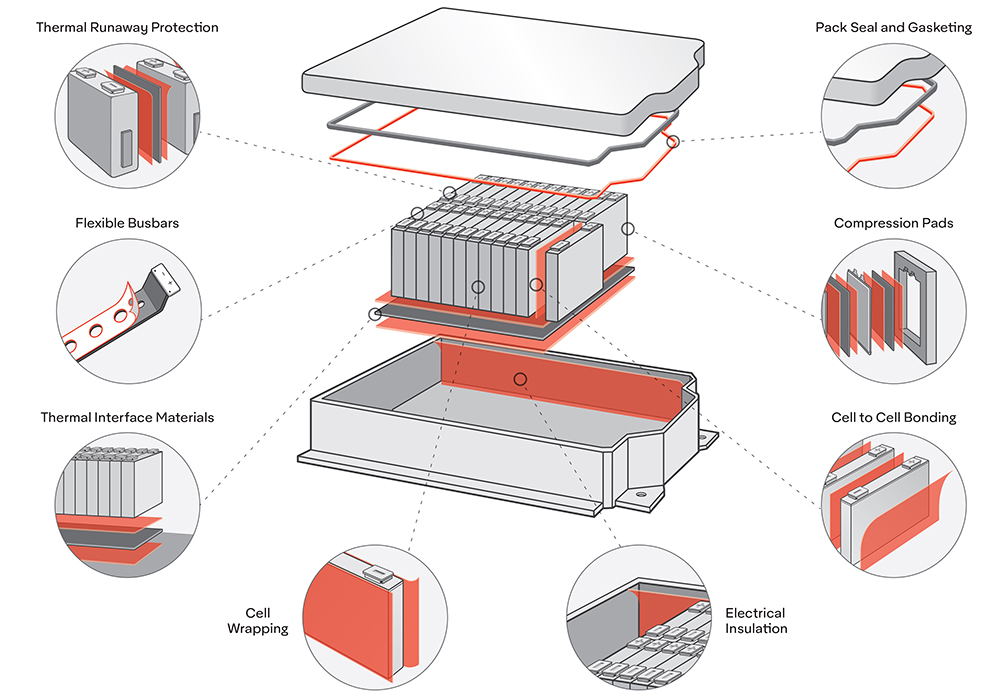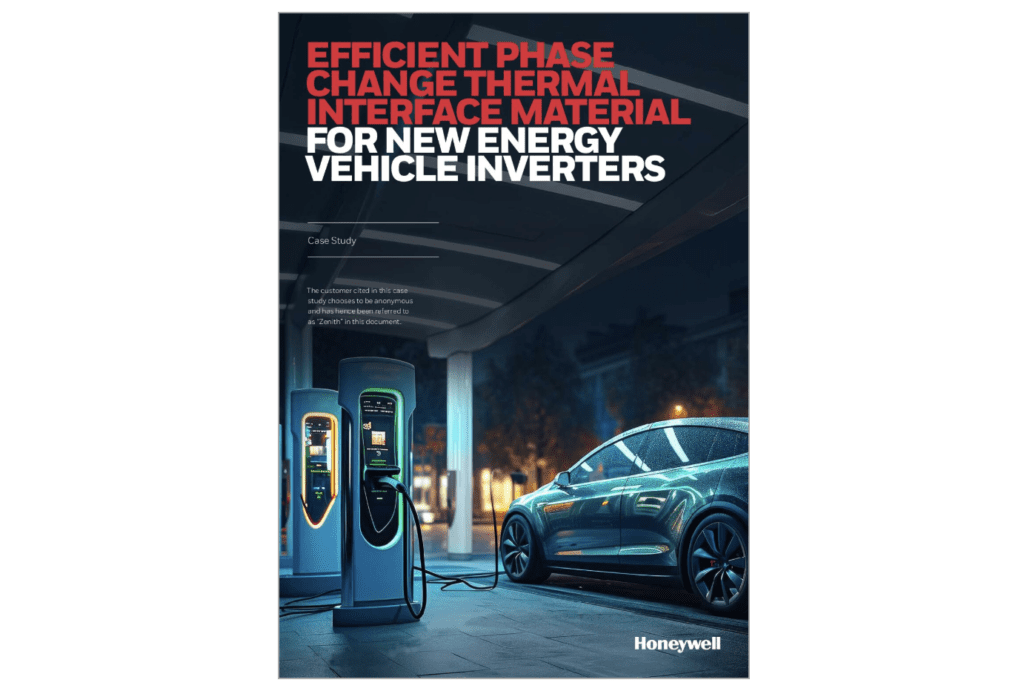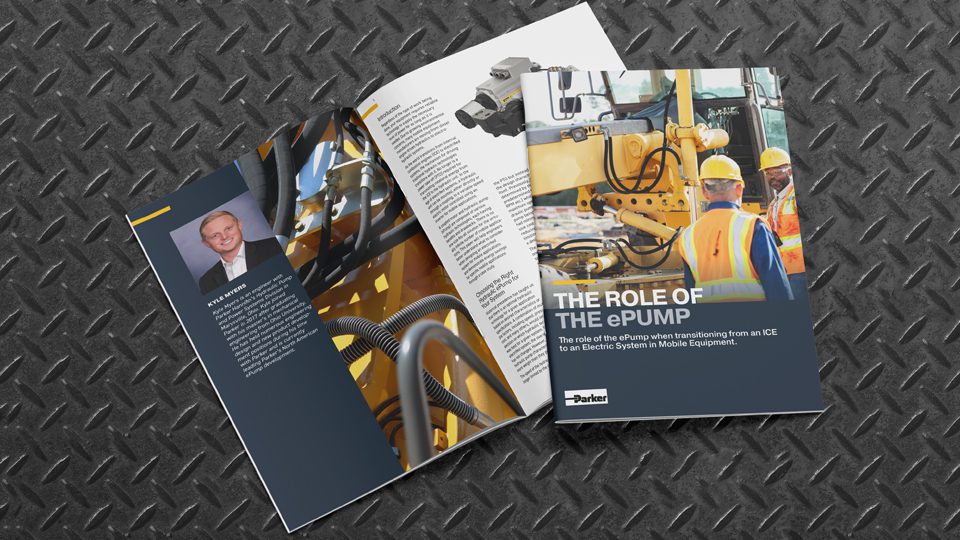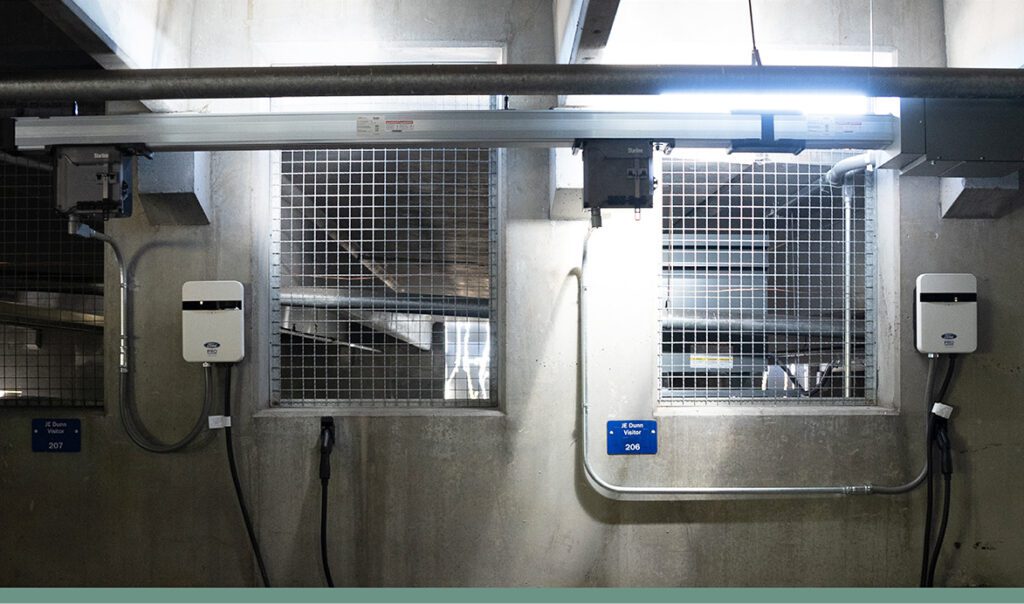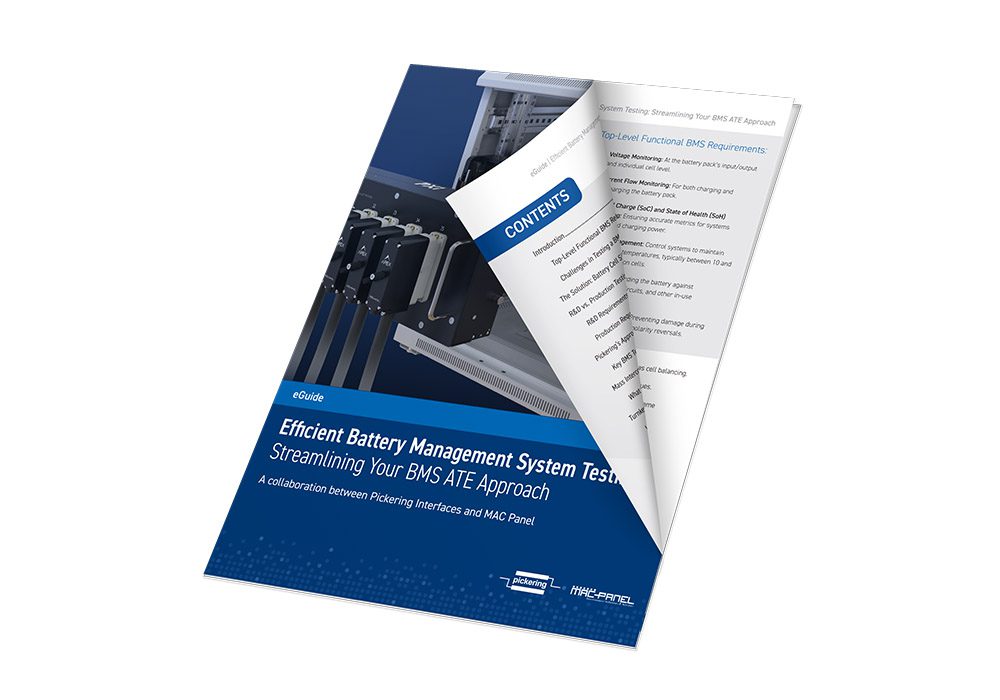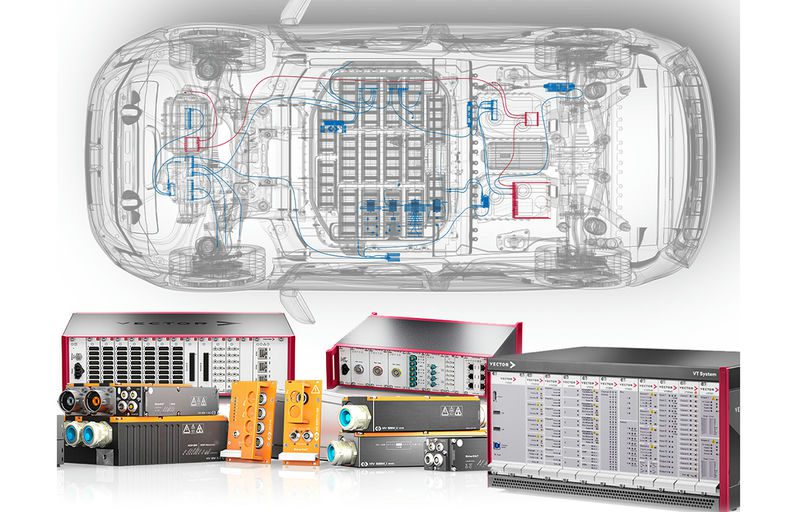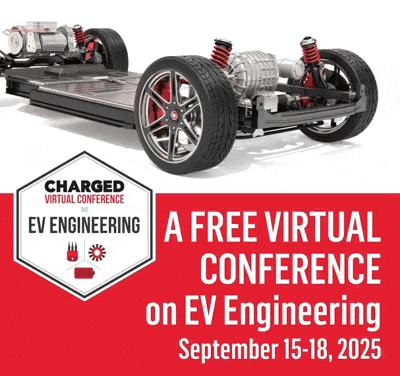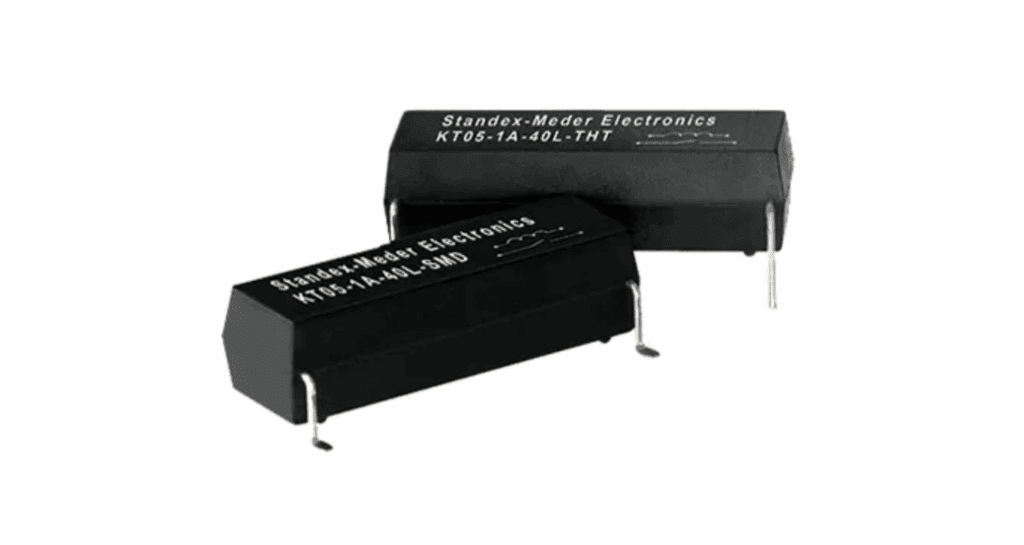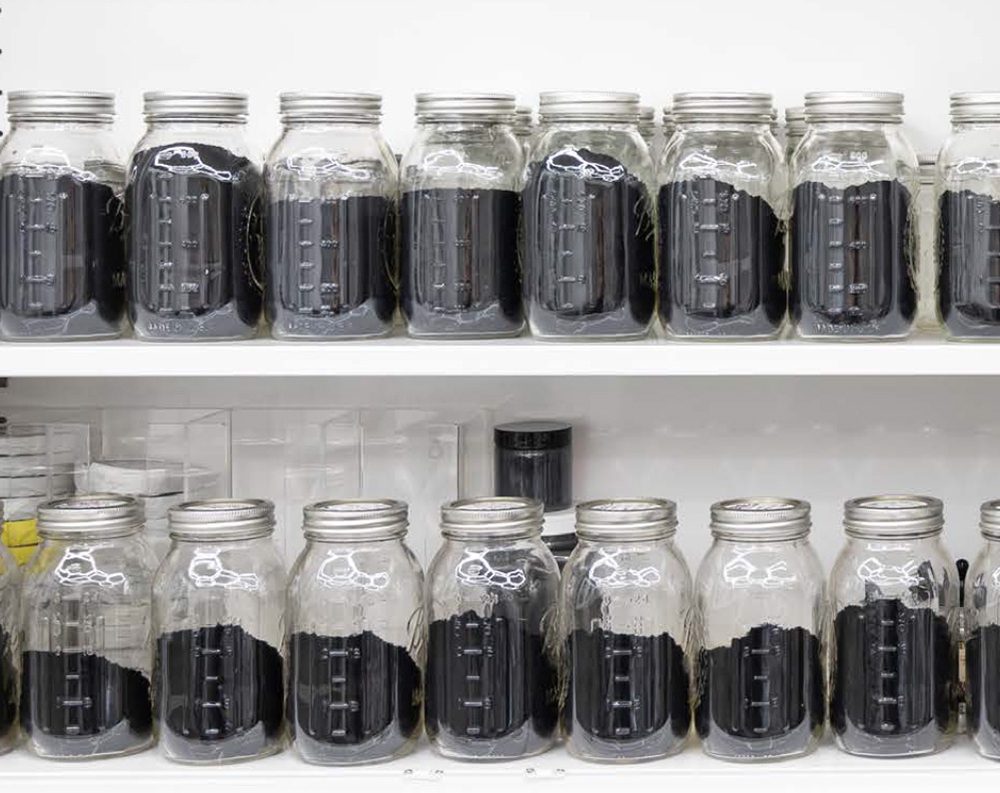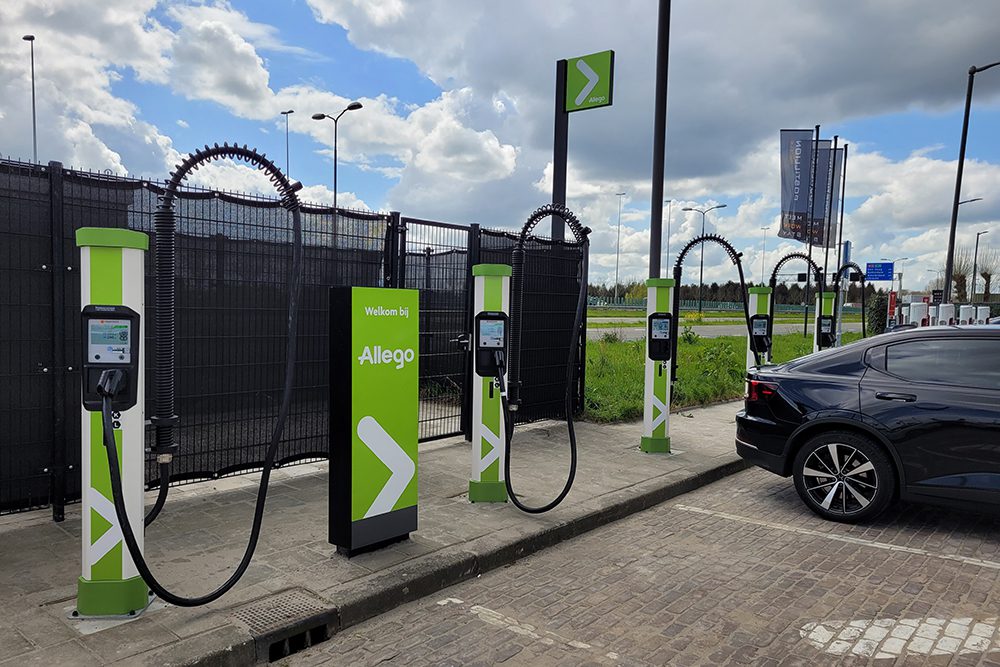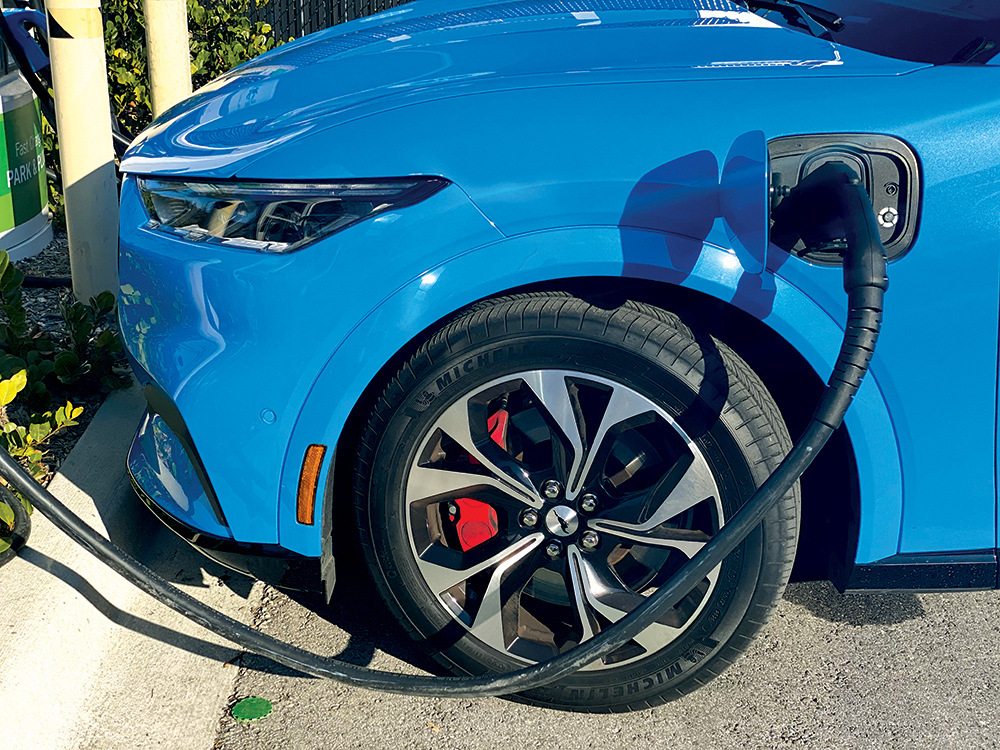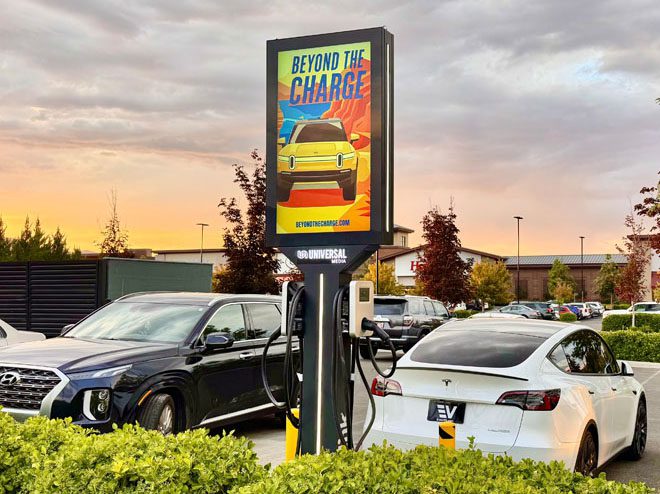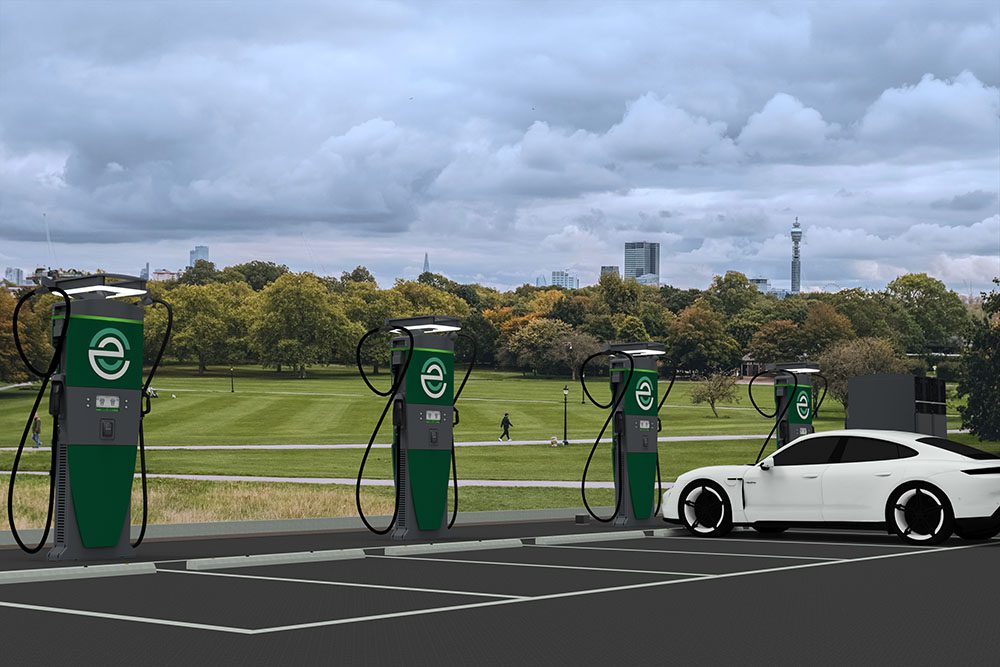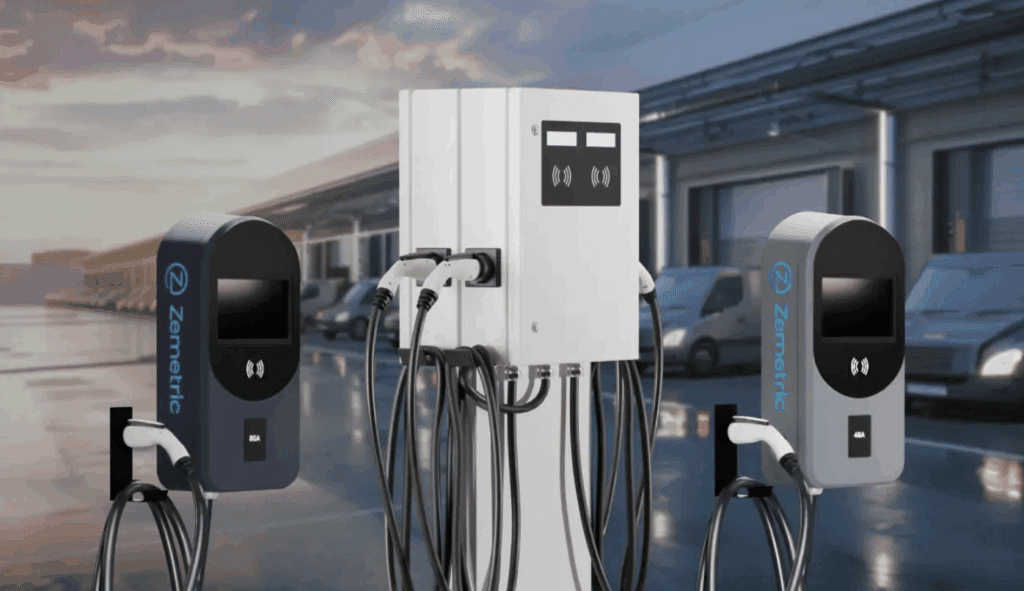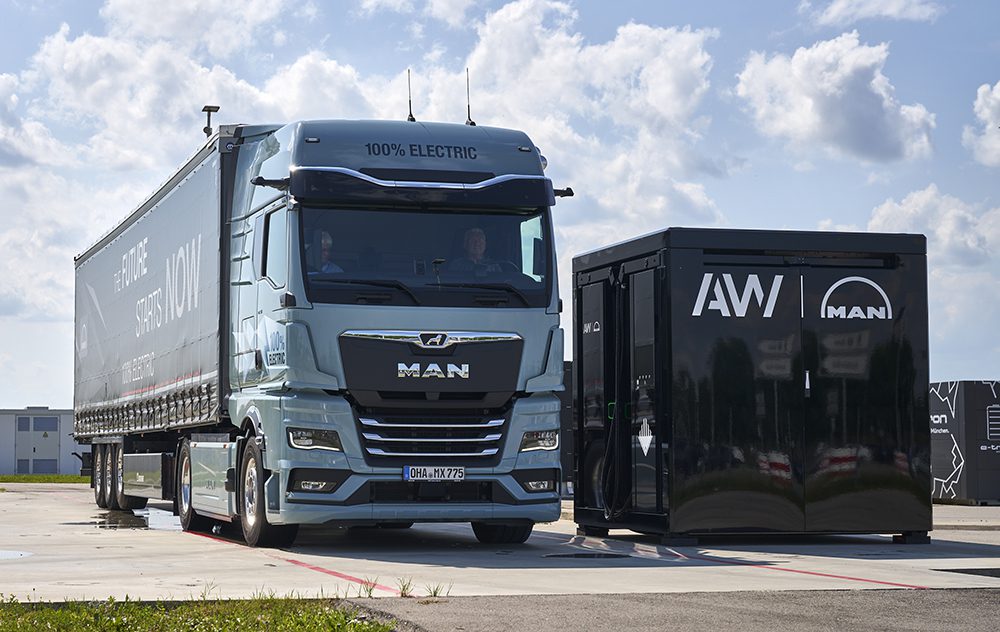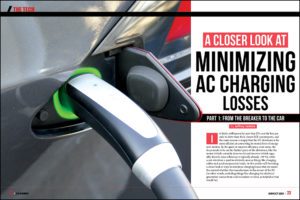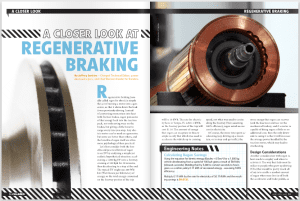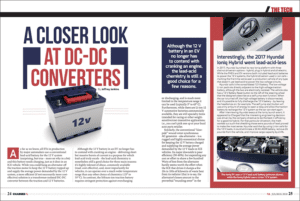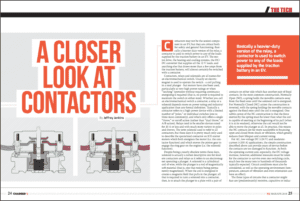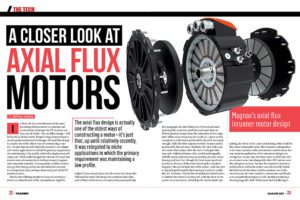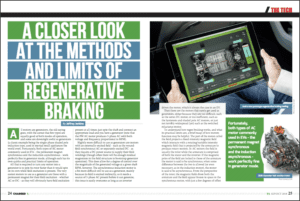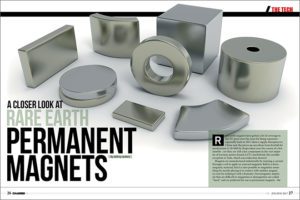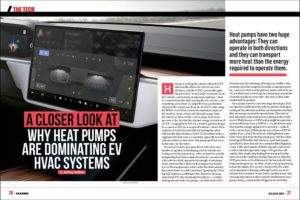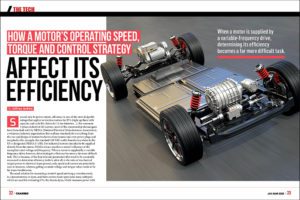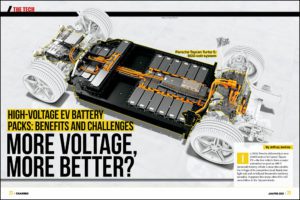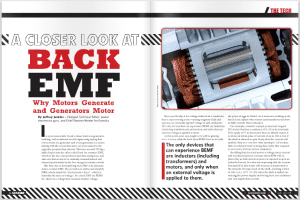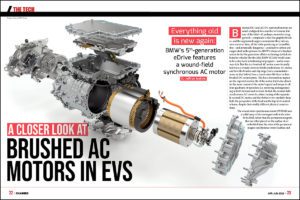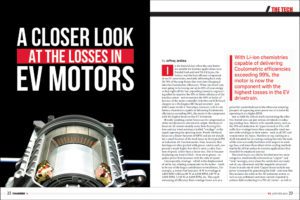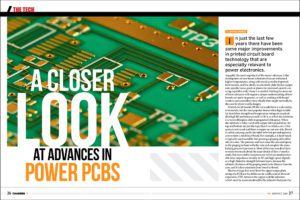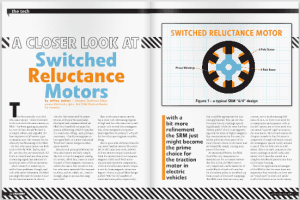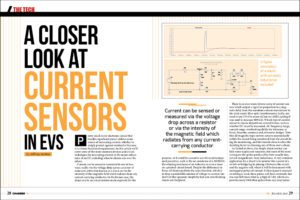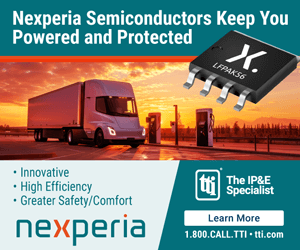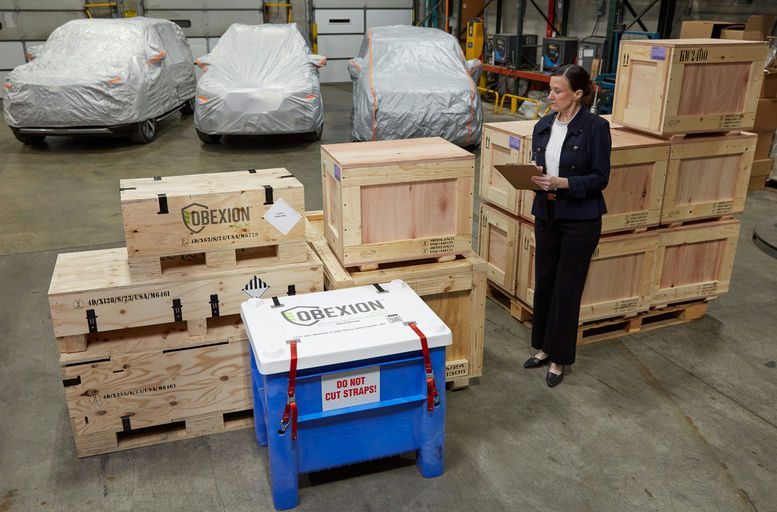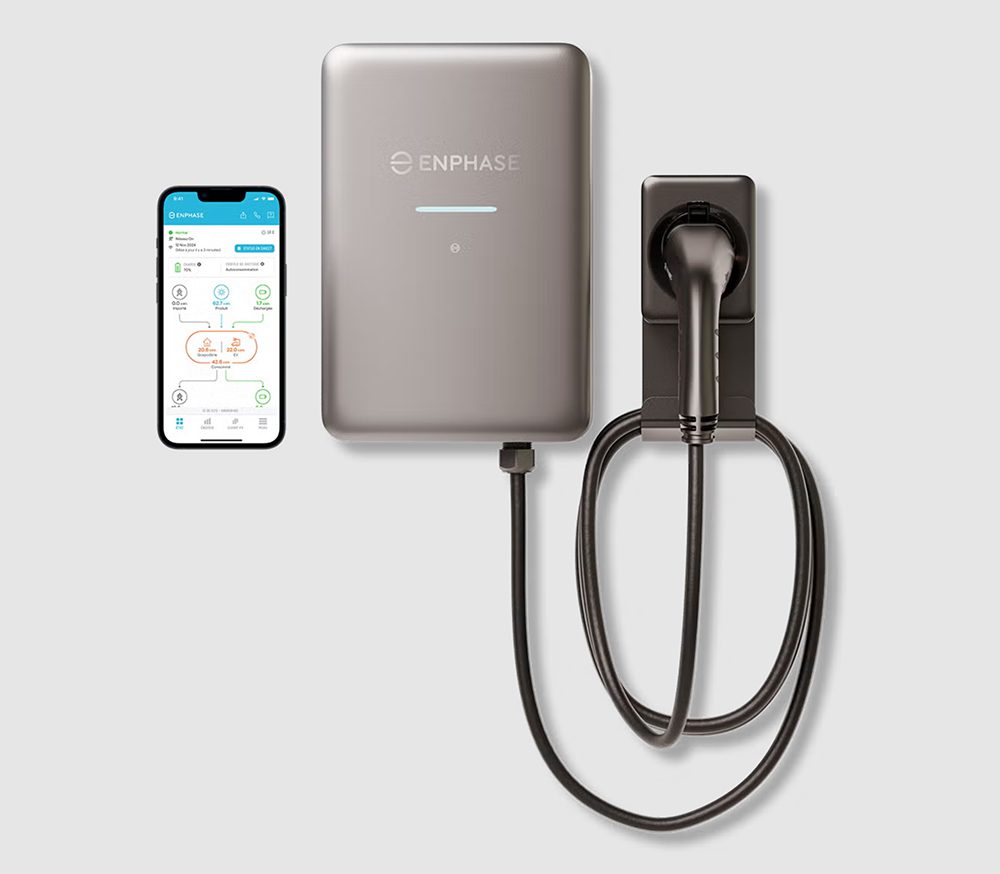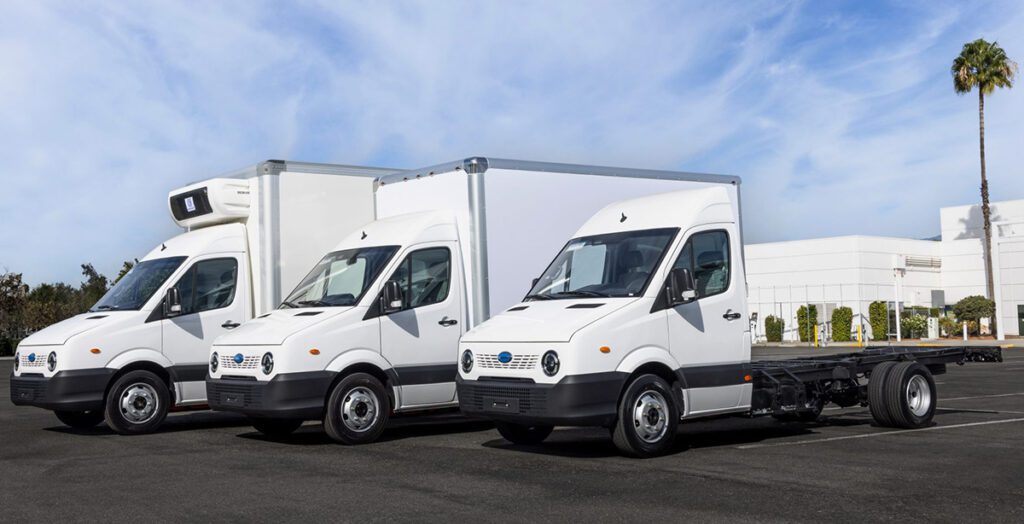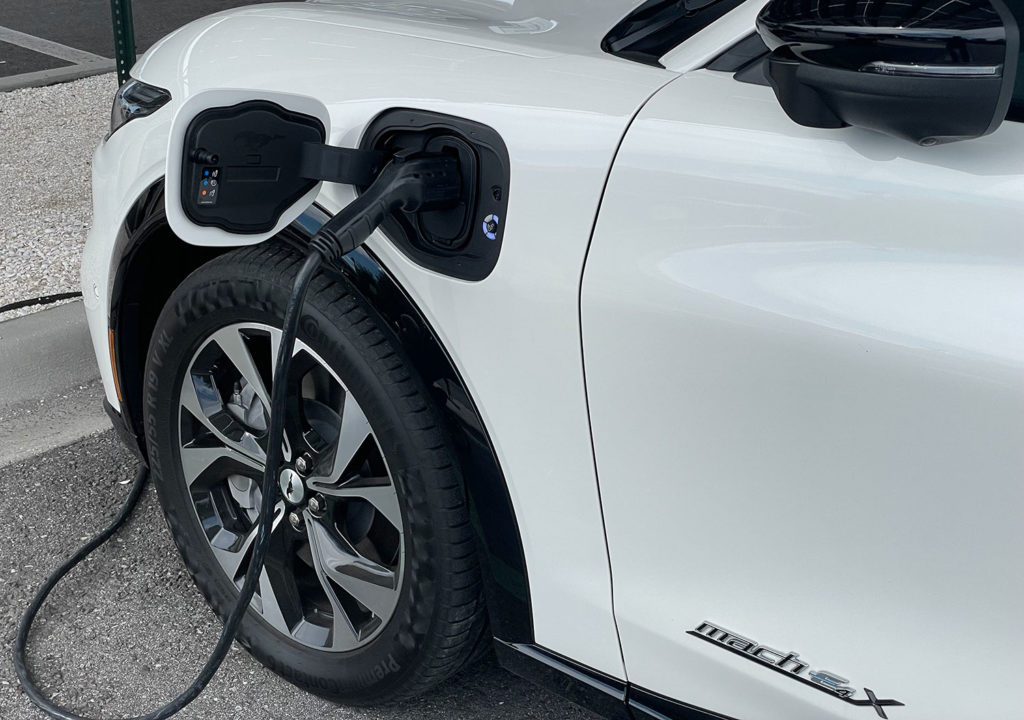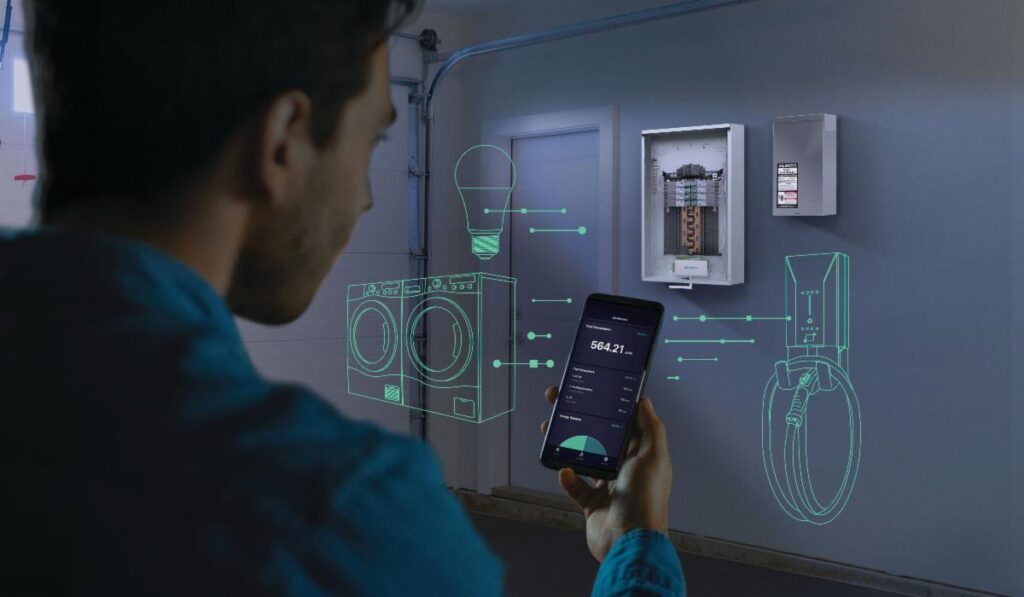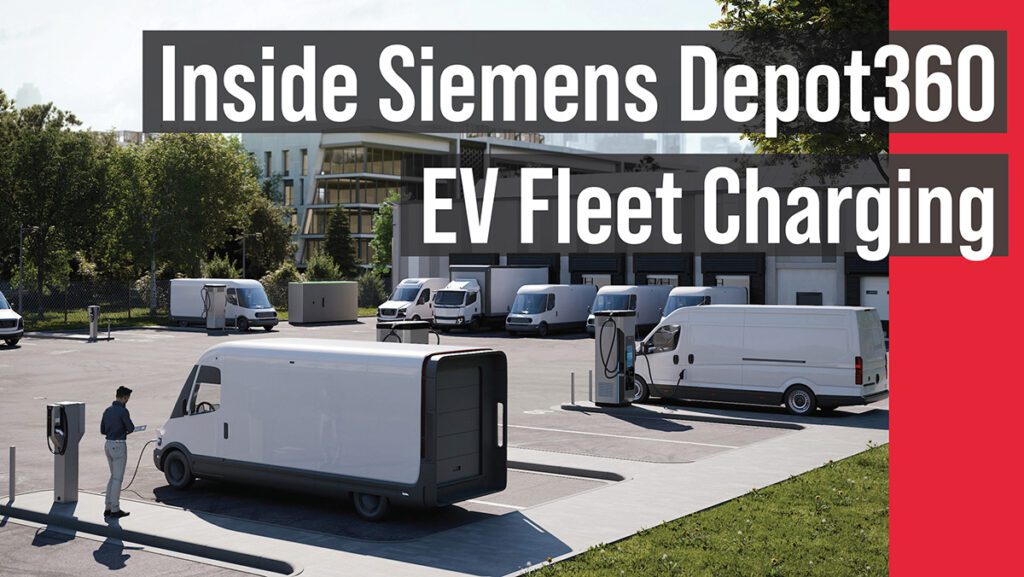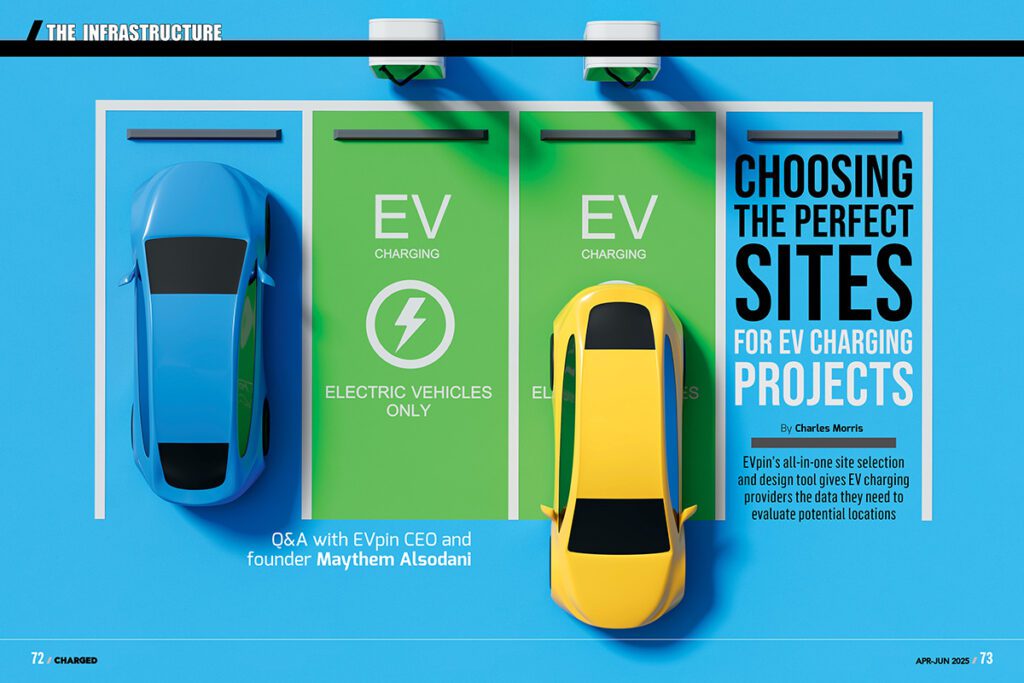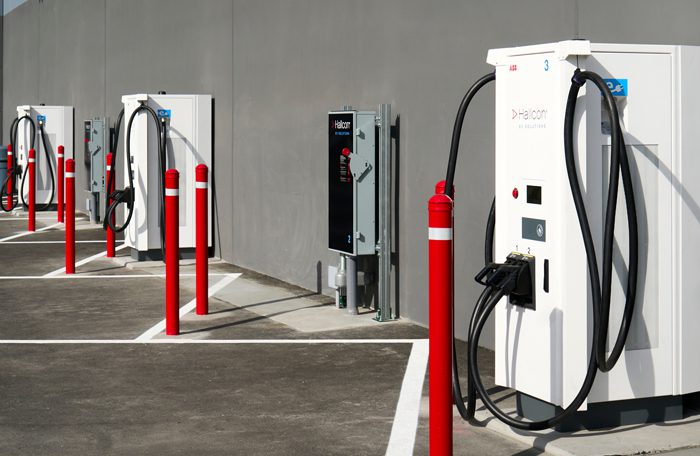The current movement toward vehicle electrification and the desire to put self-driving cars on the road is fueling an automotive revolution. Manufacturers are searching for assembly solutions that increase productivity and throughput, decrease rework and costs, and boost the bottom line. Concurrently, design engineers are striving to create better performing, more reliable components used in Advanced Driver Assistance (ADAS), infotainment, and electrification systems found throughout the EV industry. From battery packs to lidar, there is a need for materials that solve common issues associated with sensor, module, and circuit assembly. Manufacturers and engineers alike are searching for products that:
- Minimize movement and shrinkage
- Address thermal management, thermal shock, and vibration
- Improve structural bonds
- Protect circuits from environmental damage
- Enhance PWB/PCA functionality and performance
- Eliminate shadow area concerns
- Solve cure confirmation issues
Additionally, replacing technologies that contain hazardous ingredients, produce waste, and require higher amounts of energy to process is becoming more important. There is also a desire to increase functionality, reduce circuit size, and extend warranties. Due to these concerns, companies are switching to light-curing technology as an alternative to traditional bonding, coating, sealing, and assembly methods.
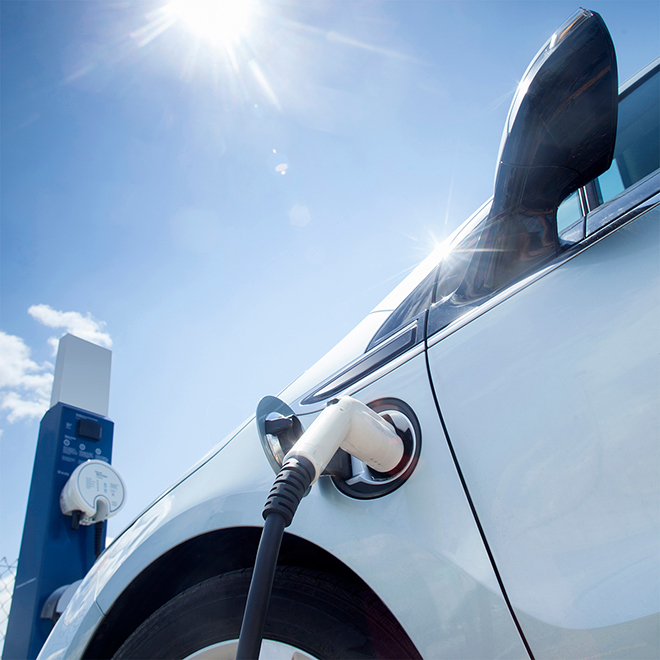
What is Light-Curing Technology?
UV curing is a process in which high-intensity ultraviolet and visible light are used to initiate a photochemical reaction that generates a crosslinked network of polymers. Using light instead of heat, liquid monomers and oligomers are mixed with a small percent of photoinitiators, that when exposed to light energy, instantly cure or harden UV light-curable materials (LCMs) such as inks, coatings, and adhesives. Offering many advantages over traditional drying methods, light-curing technology increases production speed and product throughput, decreases work-in-progress and scrap, enables 100% in-line inspection, and because it is a solvent-free process, reduces environmental pollutants.
Benefits of Light-Curing Technology & LCMs
Engineers designing components for today’s EVs, BEVs, REEVs, or PHEVs, as well as related electronic systems, may not be familiar with light-curing technology and LCMS and all the benefits they provide.
Shorter Cycle Times: Cures in seconds upon exposure to UV/Visible light means less work-in-progress and shorter lead times.
No Hazardous Waste: Material purged from a system that remains uncured is usually classified as hazardous waste. LCMs are one-component systems, so there is no off-ratio mixing or purging. Manufacturers can cure 100% of products, eliminating waste.
Lower Capital Costs: Dispensing systems for one-component materials cost significantly less than systems for two-component materials.
No Pot Life Problems: Two-component systems generally have pot lives (the time the material remains suitable for use) measured in minutes or hours after they are dispensed. One-component LCMs remain in an uncured state until exposed to light energy, so they are considered to have an indefinite pot life. Products with short pot life require frequent purge cycles, often resulting in clogged mixing elements.
Increased Capacity: Bonding steps that may have been bottlenecks with slower systems are no longer bottlenecks.
Less Floor Space: Elimination of ovens, humidity chambers, conveyors, and racks.
Easier and Better Automation: Indexing time on a line is reduced and inspection can be completed on-line. Reducing the complexity of fixturing during the curing process is also possible.
Light-Curable Materials
Dymax manufacturers light-curable materials that cure in seconds upon exposure to light energy and feature attributes that not only lower product and life-cycle costs and increase throughput and productivity, but also reduce ecological impact.
Available with many innovative and patented technologies, Dymax light-curable materials turn problems like shadow areas, cure confirmation, and difficult inspection into non-issues. The products are all one-part, 100% solids and require no mixing or prep before application. Many are certified as halogen free and meet or exceed standards set forth in IEC 61249-2-21. The Dymax product portfolio includes solutions for PWB/PCA assembly, structural bonding, and alignment/positioning. Features include:
- Secondary heat or moisture-cure formulations for shadow areas
- Products with excellent thermal shock, moisture, and corrosion resistance
- Blue and red fluorescing technology for easy inspection of material coverage
- Multiple viscosities for desired flow characteristics which can be tailored to specific applications
- IPC approved, MIL-I-46058C, and UL listed self-extinguishing grades
Dymax Available Chemistries
Adhesives
Light-curable adhesives cure in seconds upon exposure to UV/Visible light, heat, or activator. They form high-strength, environmentally-resistant bonds to plastic, metal, and glass. Due to their ability to bond to a wide variety of substrates, they excel at assembling dissimilar materials, something that cannot be done with traditional welding methods and other types of LCMs.
Conformal Coatings
Conformal coatings are applied to electronic circuitry/printed circuit boards to act as protection against moisture, dust, chemicals, and temperature extremes that if uncoated (unprotected) could result in a complete failure of electronic systems. Dual-cure, fluorescing, and moisture-cure formulations are available.
Encapsulation/Wire Bonding Materials
Encapsulation and wire bonding materials provide tough, flexible protection for bare die, wire bonds, or integrated circuits (IC). Their fast cure helps reduce processing and energy costs associated with alternative technologies.
Form-in-Place Gaskets
Form-in-place gaskets create barriers to prevent absorption or penetration of air, dust, noise, liquids, gaseous substances, or dirt. They replace tape, PSA die-cut gaskets, 2K epoxies, silicone rope, and RTV sealants and are effective for sound and vibration dampening, moisture and chemical protection, and air sealing. The gaskets also conform to complex and intricate channels, on both vertical and horizontal surfaces.
Maskants
SpeedMask® peelable electronic masks protect printed circuit board components prior to conformal coating application or wave solder and reflow processes. The fast cure allows boards to be immediately processed without the need for racking or waiting. The cured materials also leave no silicone, ionic contamination, or corrosive residues.
Potting Compounds
Potting compounds are engineered to provide tenacious adhesion to plastics and metals and superior resistance to chemicals and thermal shock. They cure tack free and reduce waste from off-ratio mixing and are free from isocyanates and heavy metals.
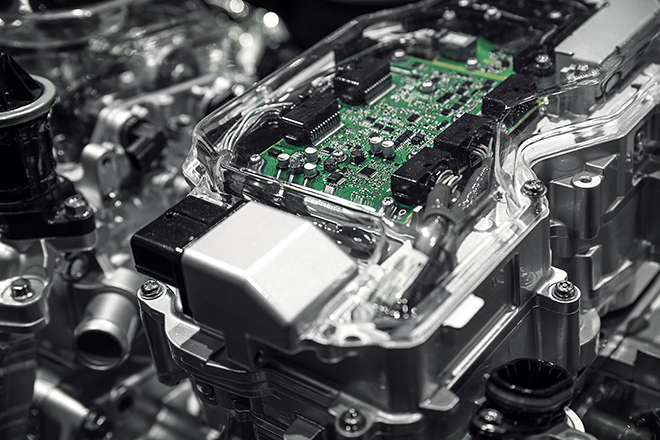
Typical EV Applications Where LCMs Can Be Utilized:
- Airbag Sensors
- Auto, Instrument, Heating & Cooling Circuitry
- Battery Management Systems
- Battery Pack Potting
- Camera Modules (ADAS)
- Charging Stations
- Control Modules & Sensors
- Diesel, Gas, & Fuel Cell Electric
- Door & Window Controls
- Drive Shaft Coatings
- Electronic Throttle Controls
- LCD Screens
- Lighting/Active Alignment
- Li-ion & NiMH Battery Electric
- Module Damming
- Navigation Systems
- Power Steering Modules
- Radio & Power Audio, & Speakers
- Tire Pressure Indicators
- Wire Coating
- Wire Harnesses
Dymax also manufactures a complete line of fluid dispensing systems and light-curing equipment that is optimized to work seamlessly with Dymax LCMs to provide companies with complete assembly solutions. Our specialized team of application engineers is available to assist customers with product and process design, testing, evaluation, and pre-production trials throughout the life of their EV application. A variety of media assets on this topic, from white papers to e-books, are available for download. Visit our web page for more information.

